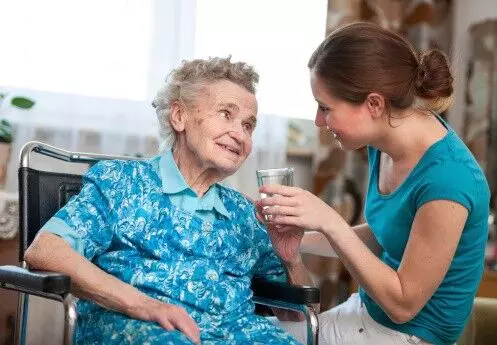Revolutionizing Home Accessibility: A Lifeline for Aging Loved Ones

As individuals age, the risk of falls and slips increases, posing significant challenges to their safety and well-being.
As individuals age, the risk of falls and slips increases, posing significant challenges to their safety and well-being. The process of aging often entails degeneration of bones and muscles, rendering seniors more vulnerable to various health issues. Coupled with vision or hearing impairments, dementia, diabetes, and other age-related concerns, the need to address infrastructural barriers within living spaces becomes imperative. Enhancing homes with basic amenities not only ensures safety and easy access to essential facilities for the elderly but also accommodates individuals with temporary injuries, children, and pregnant women. These solutions transform homes into havens where aging family members can navigate daily activities with ease, fostering independence and security.
Recognizing the critical importance of accessible living environments, Svayam, an accessibility organization, advocates for essential solutions designed to significantly enhance the lives of the elderly, promoting convenience and comfort in their daily routines.
Constructing accessible family toilets
Bathroom accidents, often attributed to slippery floors and inadequate support, pose considerable risks, particularly to the elderly. Therefore, addressing vulnerabilities within bathrooms is paramount, necessitating the construction of accessible toilets within homes. An accessible family toilet, equipped with essential features such as handrails, grab bars, emergency bells, anti-skid flooring, and western-style seating, caters to the diverse needs of household members. Svayam recommends incorporating wider gates to facilitate unrestricted movement, allowing seniors to navigate effortlessly while ensuring their safety and dignity.
Designing wheelchair-friendly infrastructure
Incorporating wheelchair-friendly modifications eliminates physical barriers and enhances accessibility within homes. Widening doors and entryways, providing ample seating space for wheelchair users, designing accessible kitchens, and ensuring sufficient maneuvering room for wheelchairs foster inclusivity and ease of movement. Avoiding carpets and rugs minimizes obstructions and reduces the risk of falls, creating a seamless environment conducive to independent living.
Installing ramps and lifts
Installing ramps with sturdy handrails alongside stairs enhances accessibility and safety for seniors. Ramps provide essential support and facilitate seamless transitions, ensuring ease of movement throughout the home. Additionally, considering the installation of lifts addresses challenges associated with climbing stairs, particularly for individuals with mobility limitations. Collaborating with architects and civil engineers ensures tailored solutions that cater to specific home structures and individual needs.
Prioritizing lighting and visual comfort
Adequate lighting is essential for enhancing visual comfort and reducing the risk of falls among elderly individuals with impaired vision. Strategically placed lighting fixtures, motion sensor lights, and natural light sources create a well-lit environment conducive to safe navigation. Incorporating large windows and convenient switchboard placements further optimize visibility and contribute to a positive living experience.
Designing modular and accessible kitchens
Thoughtful kitchen design considerations, such as appliance placement for easy access, lower countertops, and pull-out shelves, promote comfort and convenience for aging individuals. Implementing accessible features minimizes the need for excessive bending or stretching, facilitating seamless engagement in daily culinary activities.
Transforming homes into accessible spaces requires careful planning, investment, and commitment. However, the benefits extend far beyond improved mobility and safety for aging loved ones. Accessible homes foster emotional well-being, instill a sense of security, and promote independence in daily living activities. Notably, the accessibility features benefit individuals of all ages and abilities, ensuring inclusivity and future readiness for evolving household dynamics. As society collectively embraces the concept of aging in place, prioritizing home accessibility emerges as a cornerstone of compassionate and dignified care for seniors.














